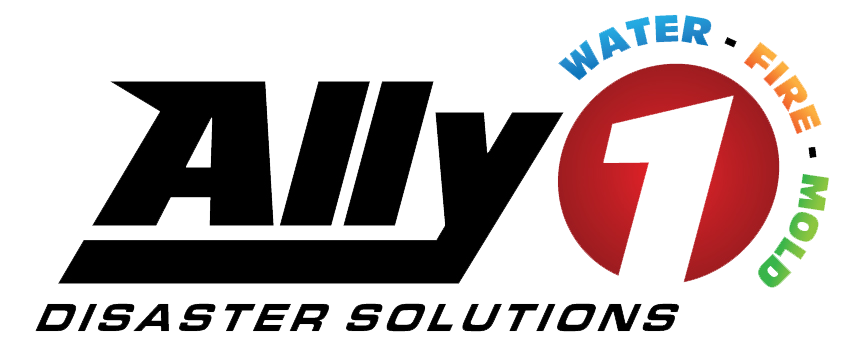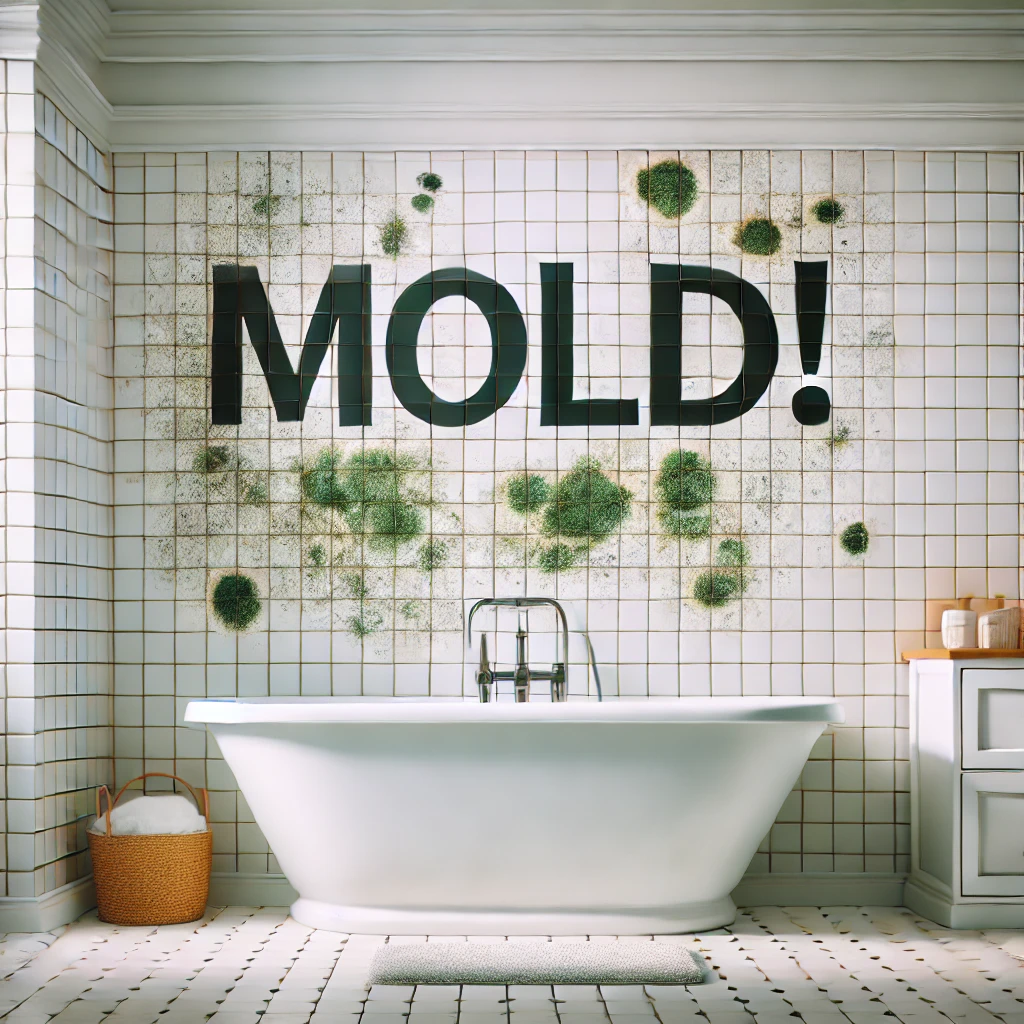 If you have experienced significant water damage, your immediate reaction is to grab some towels and start dabbing and blotting. After about three bath sheet sized sponges, you realize that you are woefully underprepared to remove this moisture. Fortunately, the professionals at Ally1 in St. George have many tools at their disposal
If you have experienced significant water damage, your immediate reaction is to grab some towels and start dabbing and blotting. After about three bath sheet sized sponges, you realize that you are woefully underprepared to remove this moisture. Fortunately, the professionals at Ally1 in St. George have many tools at their disposal
St George Professional Water Damage Restoration
After water damage, the priority is to remove the water and circulate air throughout the room. The most critical tool when restoring a water damaged space is the dehumidifier. A low-temperature dehumidifier ensures that the humidity level is at 50% so that mold and mildew will not grow.
Commercial-grade dehumidifiers have cooled metal fins whose temperature is below space’s dew point temperature. As the fans move the air, the chilled fins condense the moisture. The dehumidifier collects the condensed water in a tray or diverts it to a basin. Depending on the model, a commercial dehumidifier can remove up to 300 pints of water in a day.
Not every restoration company utilizes heat drying technology, but it may be helpful in eliminating moisture. The key is to heat the wet material, not simply heat the air. Sensors allow the team to control air temperature, moisture content, and surface temperature to avoid over-drying.
Wet Vac tools remove the surface water; they resemble a regular vacuum cleaner but with a different goal. And the professional class of machines can safely remove twice as much moisture as the units you can rent at the grocery store. Truck-mounted food water extractors can remove water at the rate of 20 gallons per minute!.
Keep It Clean
The containment and drying phases happen simultaneously. While drying out the home, wet areas are taped off in order to concentrate the heat and suction to the rooms that need to be dried out. Containment is critical as it enables the work crew to maintain the environment of the room and dry the home as quickly and efficiently as possible.
Air scrubbers are very helpful in removing contaminants in the air. Negative air pressure from this water damage restoration equipment can control the growth of harmful microorganisms and make sure that the whole room is clean and dry. The fans will be positioned and adjusted to provide maximum drying.
Throughout the drying process, crews will stop by periodically to monitor how the drying is progressing. Hidden moisture is difficult to find; restoration pros have access to pin, pinless, and relative humidity measurements. Using a tool with select attachments allow technicians to measure moisture where it hides within the building envelope.
Most water damage and drying experts use technology to monitor drying with handheld meters and even wireless Internet transmission of data to see drying results in real-time.
Special Techniques
Beyond the equipment, technicians will focus on techniques to remove the moisture quickly and thoroughly. They might need to lift up a section of the carpet or position one of the air movers at certain sections of the walls to ensure air is getting to the most saturated parts of the room. If you have hardwood floors, they may use floor mats which will help draw the water out of the floor. If needed, they might even remove the baseboards and drill holes into the drywall to help the walls dry faster. Equipment and skill help to provide sophisticated and effective drying of water-damaged areas and prevent the growth of bacteria and allergens.
Ally1 Disaster Solutions
Even if you take every precaution, your home still has the potential to experience water damage. Ally1 Disaster Solutions is the team to call for experienced flood damage cleanup. Ally1 Disaster Solutions will use state-of-the-art equipment and techniques to lessen the overall damage to your home. They will also treat you and your possessions with respect. Contact us for more information on how we can help.







